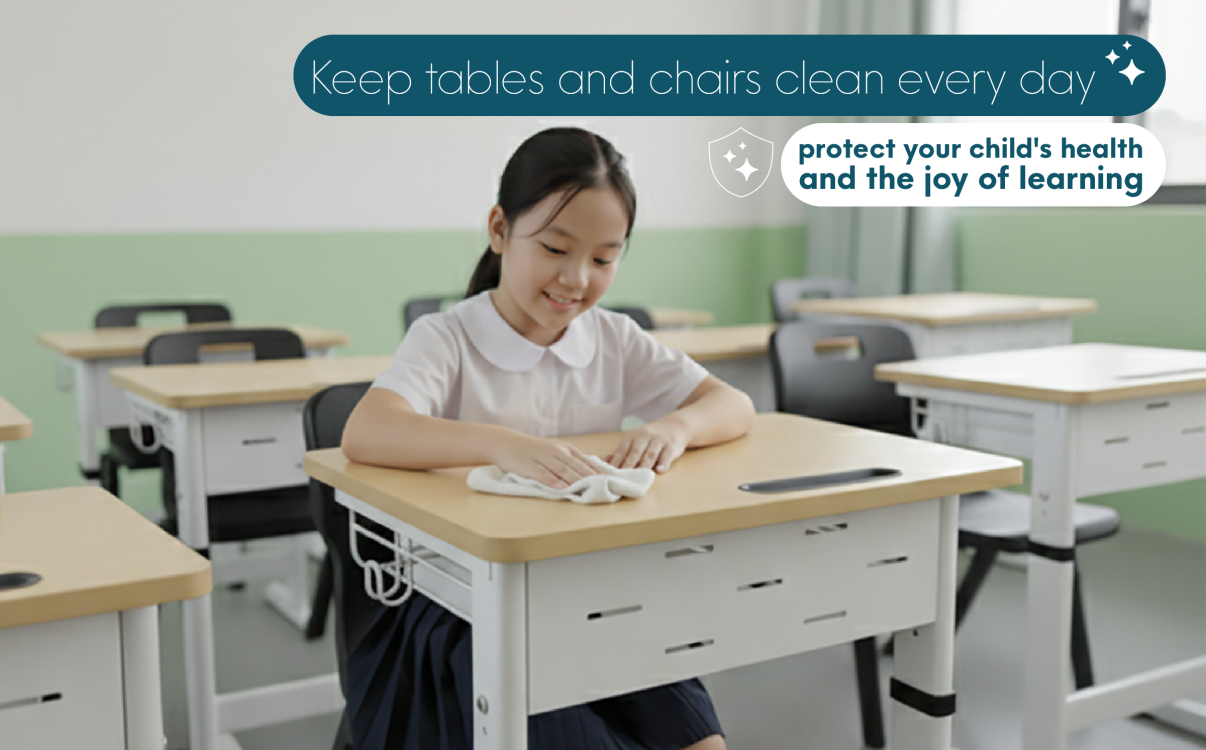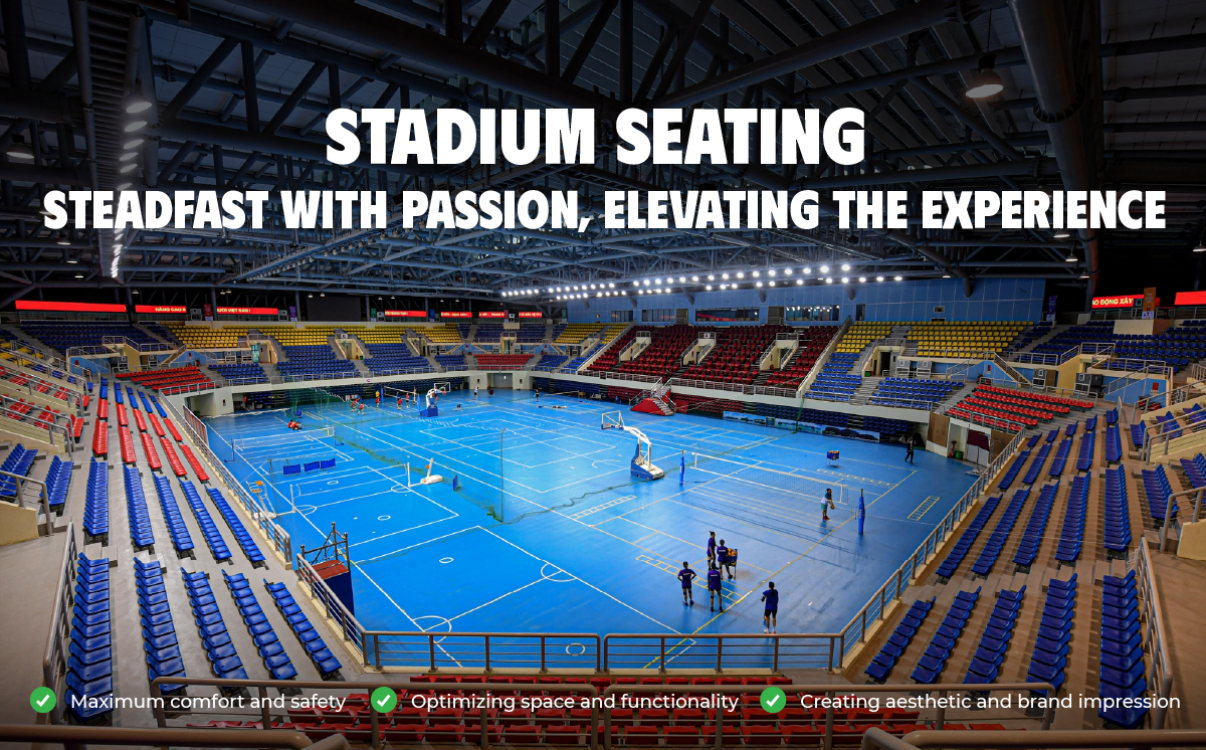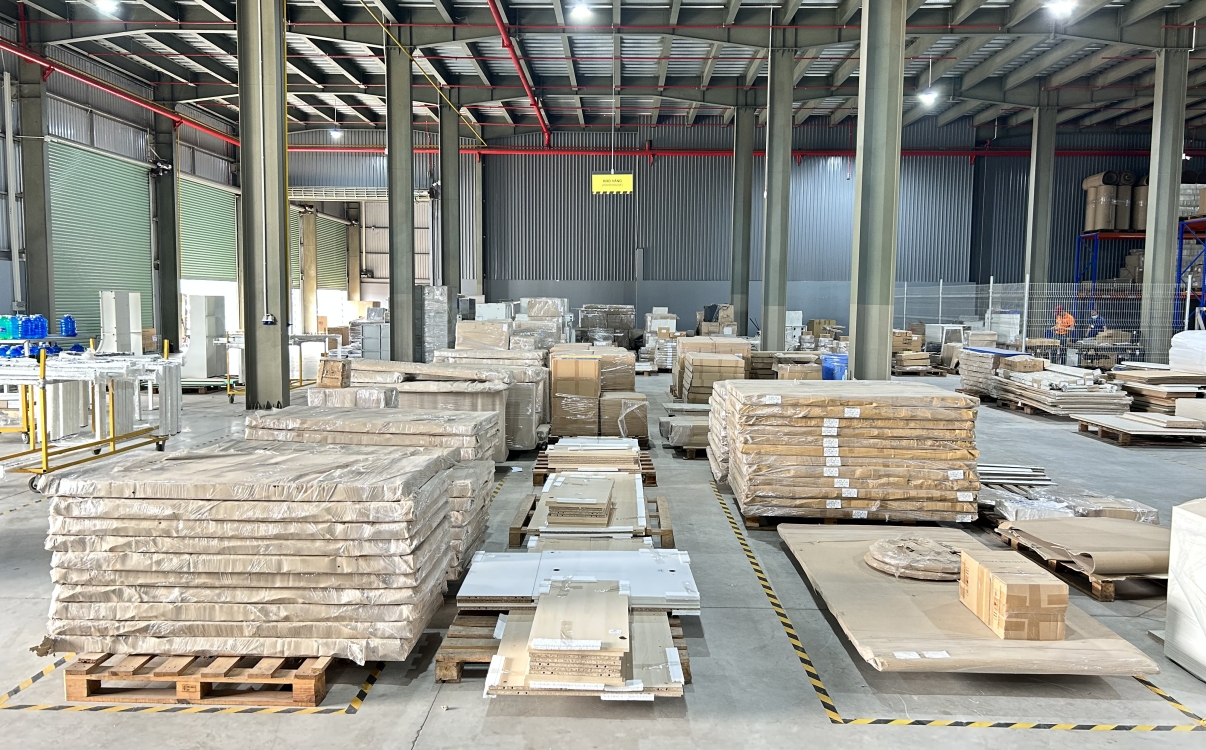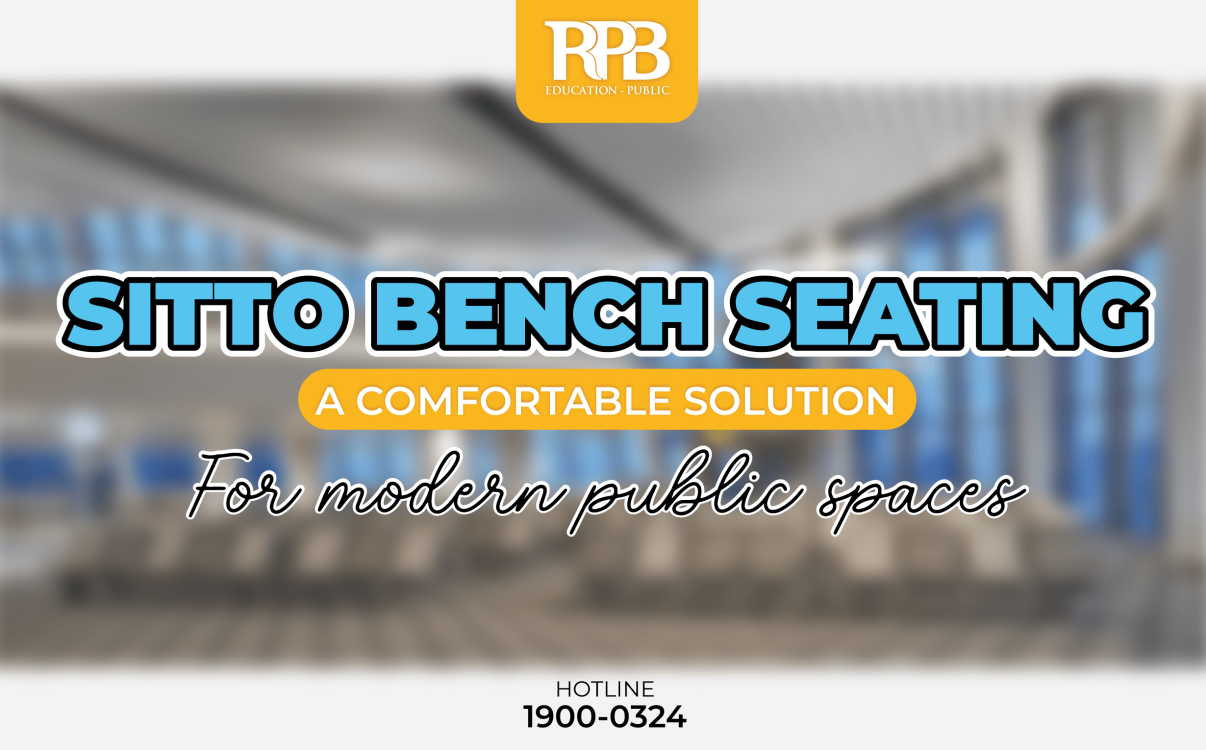Ergonomic Furniture: A Solution to Elevate Modern Learning & Working Spaces
Ergonomic furniture is not just a trend but a mandatory standard in modern educational design. If you want your students, staff, and faculty to study and work in a healthy, productive, and safe environment, investing in ergonomic furniture is an essential choice.
What is Ergonomics?
Ergonomics is a scientific discipline that studies the interaction between humans and environmental factors to optimize comfort, work efficiency, and long-term health.
In other words, ergonomics is not merely about attractive or convenient design; it is the integration of human factors science into every aspect of product design, especially in furniture like desks and chairs, which the human body interacts with for hours every day.
Why Is Ergonomics Important?
Imagine sitting and studying or working for 6 to 8 hours a day on a chair that doesn’t support your back, a desk that is too high or too low, or in a poorly lit, cramped space. Over time, the impact on your body will become evident:
-
Neck, shoulder, and back pain, spinal degeneration.
-
Hunchback, uneven shoulders, negatively affecting posture.
-
Decreased concentration and memory retention.
-
Increased risk of stress, lack of motivation to study or work.
Ergonomic furniture is the solution to all these issues.
What is Ergonomic Furniture?
Ergonomic furniture is designed based on ergonomic principles, offering flexible adjustments and supporting the body to maintain a natural, comfortable, and safe posture while studying or working.
-
Ergonomic Chairs:
A proper ergonomic chair should include:
-
Slightly curved backrest that supports the lumbar region.
-
Adjustable height so feet can rest flat on the floor.
-
Flexible armrests to support the arms while typing, writing, or reading.
-
Comfortable but firm materials that evenly distribute body weight.
-
Ergonomic Desks:
A quality ergonomic desk should:
-
Be at elbow height when the user is sitting upright.
-
Provide ample legroom without causing knees to bump or legs to fold.
-
Have a spacious surface for books, laptops, and other materials.
-
Some models even include a tilt board, storage compartments, and integrated lighting.
7 Reasons to Use Ergonomic Furniture in Education and Public Spaces
-
Protect Long-Term Physical Health
This is the most crucial reason. If children and adults maintain poor posture for years, they are at high risk of developing spinal and musculoskeletal disorders. Ergonomic furniture helps:
-
Maintain correct posture.
-
Distribute pressure evenly across the body.
-
Prevent physical deformities like hunchback or spinal curvature.
-
Boost Focus and Learning Efficiency
Sitting correctly enhances blood circulation and oxygen flow to the brain, promoting alertness, improving memory retention, logical thinking, and overall productivity. -
Suitable for Child Development
Children grow rapidly, with changes in height, weight, and body proportions. Ergonomic furniture can be adjusted to accommodate these changes, supporting their physical development. -
Create a Positive Learning Environment
An ergonomically designed space is not only visually appealing and modern but also user-friendly, inspiring better learning and working attitudes. -
Minimize Accidents and Injuries in Schools
Broken chairs, sharp desk edges, and height mismatches can lead to common accidents in schools. Ergonomic school furniture is designed with safety in mind, using rounded edges and sturdy construction to reduce risks. -
Showcase Professionalism and Responsibility
Investing in ergonomic furniture demonstrates a school’s commitment to student health and well-being, particularly important in international schools, private institutions, and high-quality educational centers. -
Seamlessly Integrates with Overall Interior Design
Modern ergonomic furniture is no longer rigid but features flexible designs, harmonious colors, and seamless integration into classrooms, reading rooms, libraries, STEM labs, and computer rooms.









